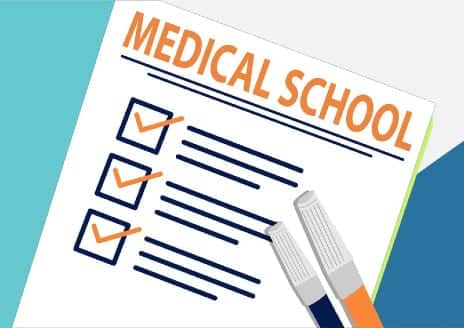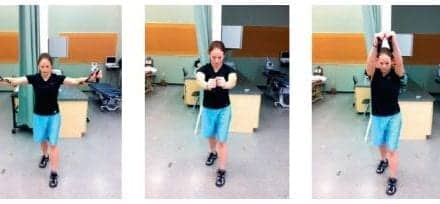The percentage of medical students who told their schools that they have a physical, sensory, learning, psychological, or chronic health disability rose sharply in recent years, according to a research letter published recently in JAMA.
Medical schools made accommodations for nearly all of these medical students, such as adjusting testing times or the length of patient care training.
Researchers are not sure what accounts for this increase, but note that students with disabilities still represent less than 5% of all future physicians.
However, they suggest, having more medical students with all categories of disability could improve the diversity of the physician workforce, reduce stigma and stereotypes about people with disabilities, and inform the care of patients, they suggest, in a media release from Michigan Medicine – University of Michigan.
In the study, Lisa Meeks, PhD, MA, of the University of Michigan and her colleagues surveyed medical schools in 2016, and again in late 2018 and early 2019.
In just 3 years, the percentage of students with disabilities rose from 2.7% to 4.6%, at the 64 medical schools that responded to the survey in both years.
This 69% relative rise was mainly due to growth in the percentage of students who disclosed a psychological disability or a chronic health condition. Psychological disabilities include anxiety, depression, and eating disorders.
Meeks notes that the reasons for the rise still need further study, and may include many factors.
“A constellation of events has likely contributed to the increase in disclosure,” says Meeks, an assistant professor of family medicine at the U-M Medical School, in the release.
“This may include increased awareness of the availability of accommodations, an increase in the number of students who have received accommodations throughout their education and are comfortable with their identities as a person with a disability, the creation of educational resources by AAMC, and the diligent efforts of medical education programs to improve accessibility.”
All the schools that responded to the 2019 survey said they had provided formal accommodations for students related to academic testing. Three-quarters provided accommodations such as note-takers and adjustments to tests of students’ clinical skills.
One-third of schools said they had modified their clinical procedures for students. But the researchers note that all students still must complete the required clinical competencies to graduate, but that accommodations allow them to do so through an alternative, equally safe, approach.
Meeks and her colleagues, including senior author Bonnielin K. Swenor, PhD, MPH of the Johns Hopkins University’s Wilmer Eye Institute, note that their results aren’t necessarily representative of all medical schools, because of lower participation in the survey by schools in the south and the study’s focus on allopathic schools, they add in the release.
However, the schools that participated represent more than 41,000 medical students in 2018.
The authors are already conducting further research that will go beyond documenting the current rates of disability disclosure and accommodation. They’re seeking to better understand issues such as the career trajectories and experiences of medical students with disabilities, and the potential benefit to patients of having a doctor who has a disability, the release concludes.
[Source(s): Michigan Medicine – University of Michigan, EurekAlert]





